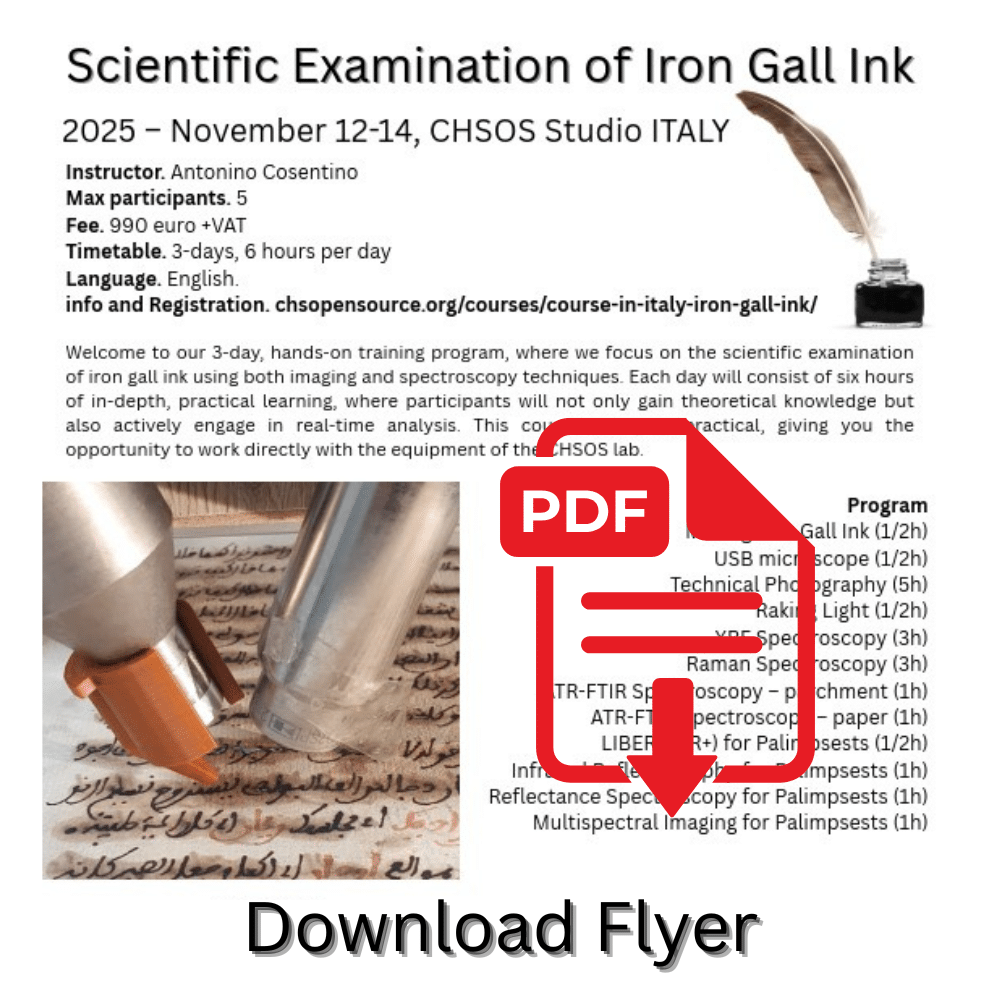
This lesson explores German silver, an alloy often mistaken for containing silver but actually composed of copper, zinc, and nickel. Students will learn how its composition compares to similar alloys such as nickel-brass and how XRF spectra reveal their elemental differences.
Objectives
-
Identify the typical composition of German silver and nickel-brass.
-
Compare and interpret XRF spectra of German silver and nickel-brass samples.
-
Recognize how variations in alloy composition affect spectral peak intensities.
Materials
-
Sample of German silver alloy
-
Commemorative coin (EU, 1998, German silver)
-
UK one-pound coin (nickel-brass)
Lesson Plan
-
Introduce German silver, explaining its misnomer and historical use.
-
Discuss its composition (Cu ~60%, Zn ~20%, Ni ~20%) and classification within the brass family.
-
Present XRF spectra of the German silver sample and commemorative coin, noting the copper, zinc, and nickel peaks.
-
Compare with the spectrum of nickel-brass, highlighting the reduced nickel peak (≈5%) and the resulting spectral differences.










